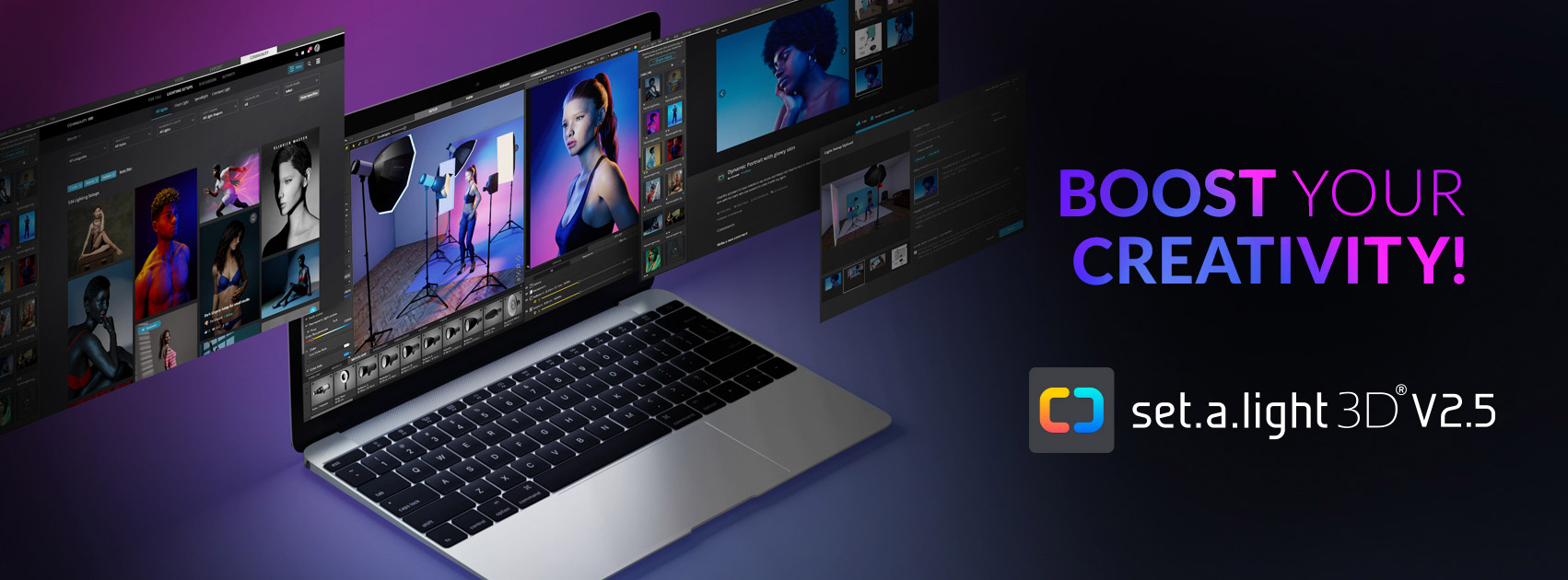Choosing the Best Focal Length for Portrait Photography
Portrait photography requires careful consideration of various elements, with focal length being one of the most important factors. This video provides an in-depth understanding of how focal length impacts portraits and how to choose the best lens for your needs.
1. Understanding Focal Length and Perspective
Focal length is often misunderstood in portrait photography. Rather than dictating how a subject looks, focal length primarily determines the crop of an image. The perspective, which affects how the subject appears in relation to the background, is influenced by the distance between the photographer and the subject.
Key takeaway: Where you stand relative to your subject matters more than the lens focal length.
2. Popular Focal Lengths for Portraits
Different focal lengths are suitable for different types of portrait shots:
85mm: This focal length is widely regarded as ideal for portraits. It provides a natural perspective and is perfect for head-and-shoulders shots. However, its limited field of view can make full-length portraits challenging without stepping back.50mm: Known as the "normal lens," the 50mm mimics the perspective of the human eye. It is versatile and works well for mid-range portraits but may introduce some distortion in close-up shots.35mm: This focal length is suitable for environmental portraits where you want to include more of the surroundings. However, shooting too close to the subject can lead to distortion.
3. Zoom Lenses vs. Prime Lenses
Zoom lenses, which offer multiple focal lengths, have become a popular choice for portrait photography. They allow photographers to adjust framing without moving, making them more versatile than prime lenses. However, prime lenses typically have wider apertures, enabling better control over depth of field and better performance in low light.
4. Engagement with the Subject
One of the less technical but equally important aspects of portrait photography is the relationship between the photographer and the subject. Standing too far away, such as with a 200mm lens, can create a disconnect, making it difficult for the subject to feel comfortable. A conversational distance ensures that the subject is at ease, leading to more natural expressions.
5. Addressing Distortion
Wide-angle lenses often get a bad reputation for creating distortion in portraits. However, distortion occurs primarily when the photographer is too close to the subject. Maintaining a reasonable distance, even with a wide-angle lens, minimizes distortion and keeps the subject's facial features proportional.
6. Choosing the Right Lens for Your Style
Ultimately, the "best" focal length depends on your style, subject, and intent. Key factors to consider include:
Crop vs. Full Frame: Focal lengths behave differently on crop-sensor cameras, where the effective focal length increases.Depth of Field: Shallow depth of field requires lenses with wide apertures, often found in prime lenses.Subject Interaction: Your ability to engage with the subject may influence your choice of lens.
7. Conclusion
Choosing the right focal length for portrait photography involves more than following general recommendations. While an 85mm lens is often cited as the best option for portraits, the distance between you and your subject, the framing you want, and your personal style all play crucial roles. Experimenting with different focal lengths and lenses will help you find what works best for you and your subjects.














0 comments:
Post a Comment